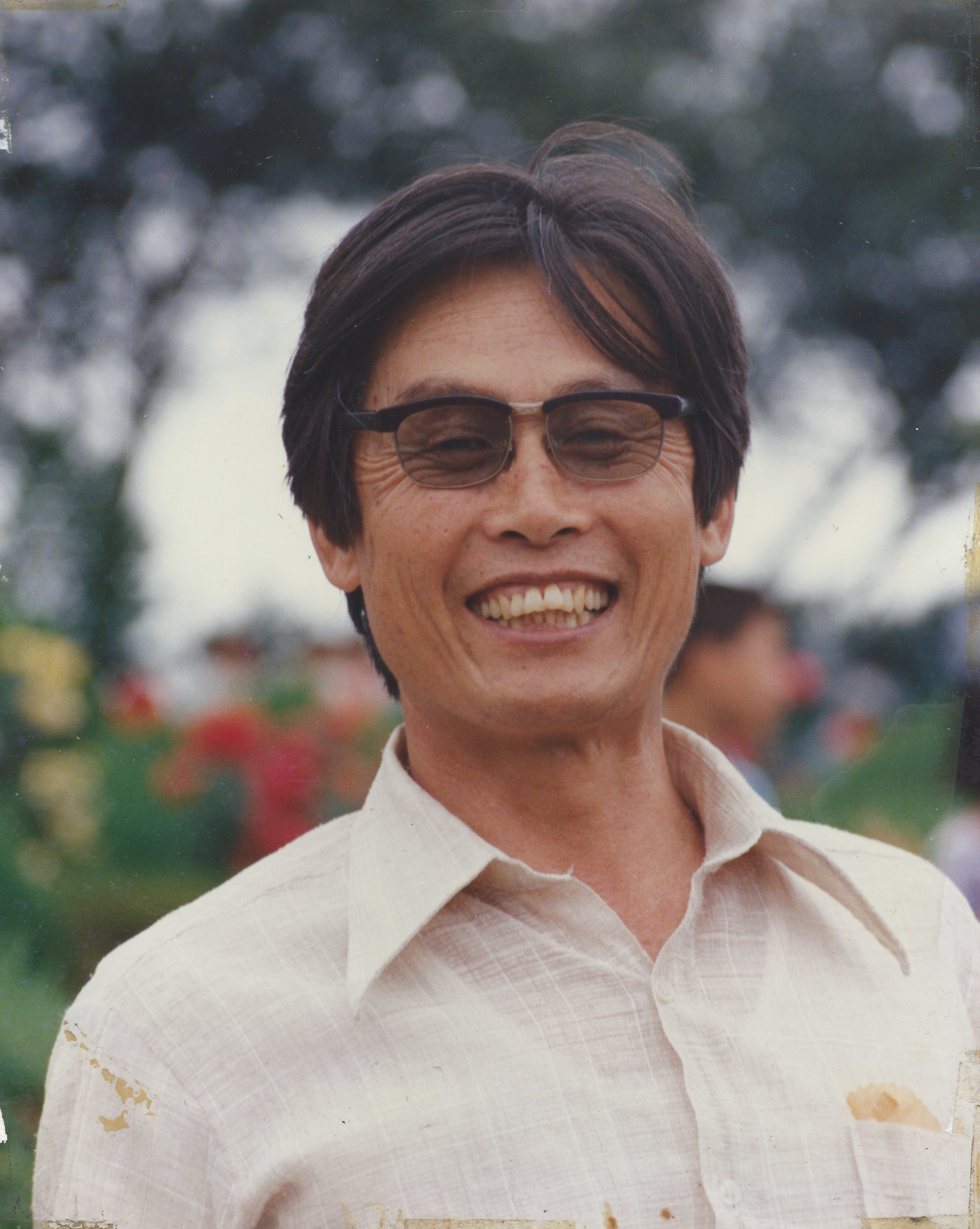반응형
Buddhist Nun Jeong Kwan and Baekyangsa, Out in the World
Buddhist nun Jeong Kwan, the master chef of temple food, is residing in Baekyangsa. She’s brought herself out in the world, while still practicing asceticism.
In 2022, Buddhist nun Jeong Kwan was quite the sensation. She was featured in an episode of the Netflix series “Chef’s Table.” She was the only Korean to appear in this documentary series on world-renowned chefs. But there was more. Jeong Kwan’s philosophy of food, as detailed in the documentary, bordered on shocking. It opens, “I am not a chef but a nun.” It was filmed over 15 days in May, around Buddha’s Birthday, on the grounds of the Chunjinam hermitage of Baekyangsa temple.
Jeong Kwan is the chief monk there. And the early summer landscape of Chunjinam featured in the documentary was so beautiful as to be surreal even for Korean viewers. And the temple food made by the nun compelled us to think more deeply about the way we treat food and nature and about the act of eating.
Temple food doesn’t use five pungent herbs (green onion, garlic, wild chive, chive and leek), nor does it include meat or seafood. But it doesn’t lack for nutrients, either, thanks to a wide range of vegetables. With a growing interest in healthy eating, vegetarian diet and temple food, plus the values that it stands for, have been garnering more and more attention. And among those who’ve been keeping tabs on healthy eating habits, there must be more than a few who have dreamed of meeting Jeong Kwan at Chunjinam.
Jeong Kwan said. She was seated at the center of a wide table. She had just returned from China, and she was a bit under the weather. But her eyes and petite body radiated with so much energy. “Temple food is the type consumed by practicing Buddhist monks. Your mind will change depending on the food. If you eat food made of improper ingredients and prepared on improper recipe, then your body will react accordingly. When you have indigestion, your concentration will suffer and it will disrupt your practice. When we cook food that can become one with the person eating it, then it functions like medicine inside our body.” Buddhist nun Jeong Kwan.
Herbs in Butrest assured that everything is vegetarian here.And the alternative bulgogi is there to help promote vegetarian diet.“This is not a religious facility.You could callthis a cultural platformthat allows us to promote ourfood and the culture of vegetarian eating,” saidOhGyeong-soon, a directorin charge ofDusugobang’s operationswho has been studying temple foodwith JeongKwan formany years.“And to help vegetarian dishes more approachable,we’re serving things that you can easilymake at home, such as alternativemeat dishes.”Oh added that she hoped peoplewho dine atDusugobangwould think aboutfood that doesn’tjustfilltheir stomachs, but also fills theirminds and souls
On the day of our visit, a kimchimaking classwas in session. JeongKwan greeted the participants:“You yourselfmust be atthe heart of everything. You have to use the rightingredients tomake the rightfood, and eatitthe rightway.And then you have to think aboutwhere thatfood is going to
Q. How would you define temple food?
A. Quite literally, it’s food consumed by ascetic Buddhist nuns and monks. To practice asceticism, you have to have both mental and physical strengths. And I think food is the link that connects these two. We have to eat something to be able to act. Temple food is ultimately food for asceticism.
Q. Can we accomplish all that simply by eating?
A. Absolutely. When it comes to recognizing logic and reason in life and enligh tenment in Buddhism, food accounts for 70 percent of the process. Cooking and eating are both part of Buddhist practice. For instance, if you want to get to know someone, you have to make eye contact and spend some time talking with that person. The same goes for ingredients. You can’t just do whatever you want to do with them. You have to figure out the ir natural tastes, flavors and textures. To do that, you have to know yourself. That’s part of Buddhist practice.
Q. Is that why you grow and harvest your own plants?
A. You have to understand when you have to sow seeds, be it spring, summer, autumn or winter, and how they grow to become vegetables that we can eat. And we also have to recognize connections along the way. You have to keep searching for them, so that you’ll be able to take the energy from these ingredients to your own body in its entirety, and channel that into your own energy.
Q. Isn’t it difficult to grow these plants yourself?
A. Mother Nature does all the work. When she smiles, I smile with her. When we get plenty of sun but it doesn’t rain for long stretches, then I go water those plants. It’s up to nature and plants themselves to stay alive, and I can’t really control that. Time flows for these plants and myself at the same pace.
+++










































































































































반응형
